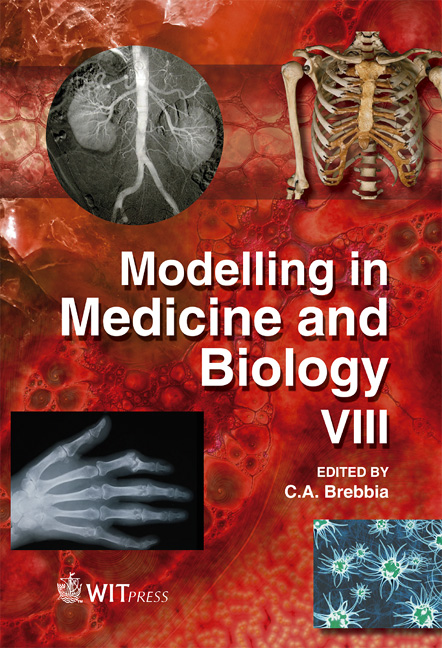Equivalence Of Two Approaches To Study The Stress-strain Relation In The Myocardium
Price
Free (open access)
Transaction
Volume
13
Pages
14
Page Range
3 - 16
Published
2009
Size
408 kb
Paper DOI
10.2495/BIO090011
Copyright
WIT Press
Author(s)
R. M. Shoucri
Abstract
A method to study the mechanics of ventricular contraction was developed in previous publications by the author. In those studies, the active force of the myocardium is represented as force per unit volume of the myocardium. Other authors have developed studies in which the active force of the myocardium is included in the expression of the total stress derived from the constitutive relations. The purpose of the present study is to show how to make the connection between these two approaches. Derivation is done in a general way, expressions for the stress components are derived and application to experimental data is presented. The possibility of relating the pseudo strain energy function to the tension generated by the muscular fibre is also shown. Keywords: cardiac mechanics, mathematical modelling of ventricular contraction, pressure-volume relation, active force of the myocardium, pseudo strain energy function. 1 Introduction In previous studies by the author a method to study the stress-strain relation in the myocardium was developed in which the active force generated by the myocardium was represented as force per unit volume of the myocardium [1-6]. This mathematical approach used a cylindrical model of the left ventricle and was successfully developed by using both large elastic deformation [1, 2] and linear elasticity [3, 4], the transition from large elastic deformation to linear elasticity was discussed in [6]. Most other studies that have been developed focus on the way the expression of the total stress can be derived from the constitutive relations [9-11].
Keywords
cardiac mechanics, mathematical modelling of ventricular contraction, pressure-volume relation, active force of the myocardium, pseudo strain energy function.





